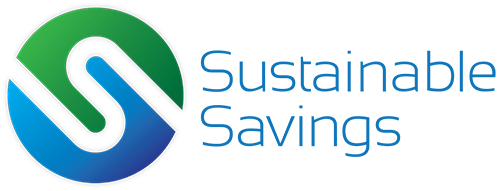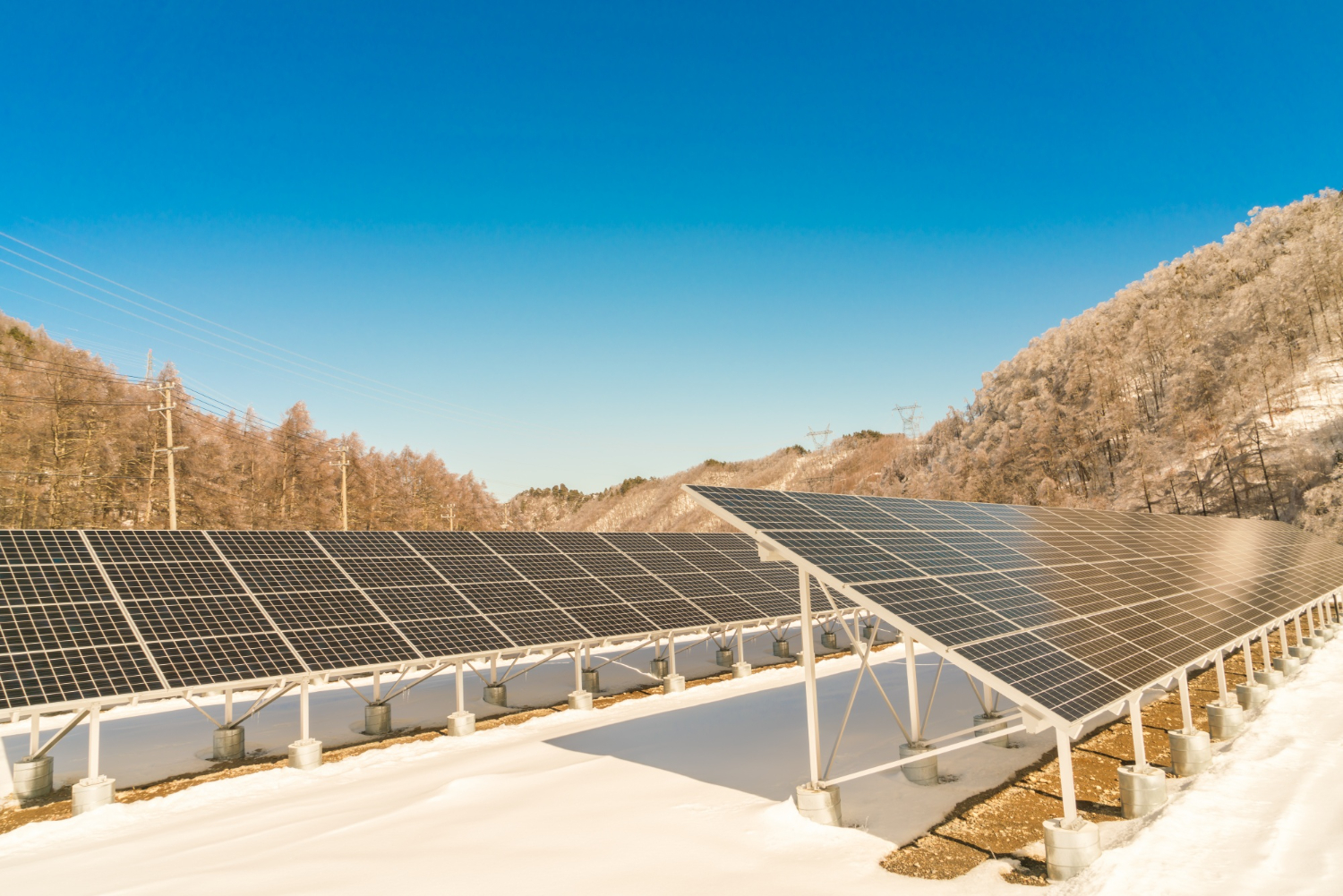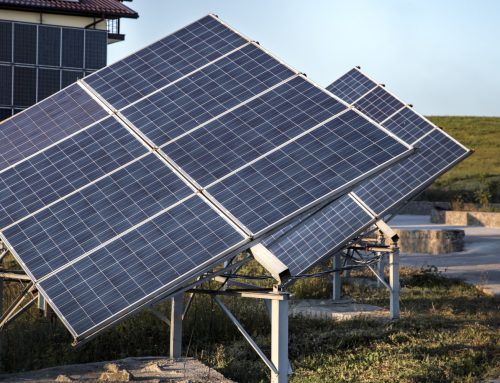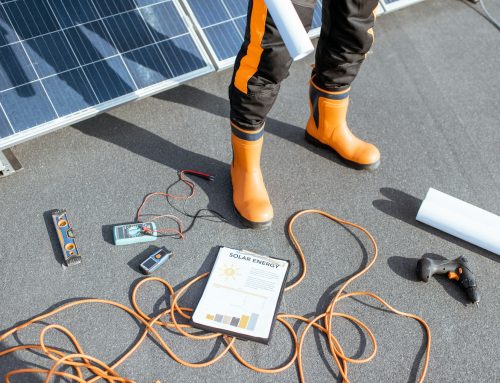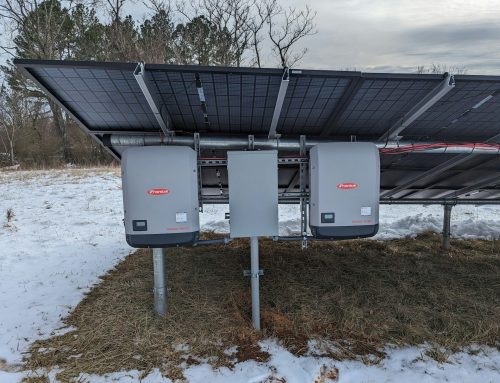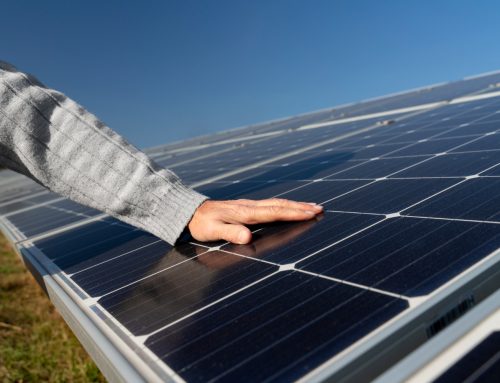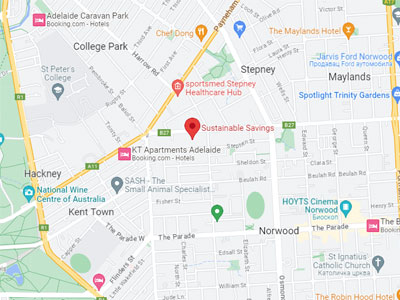Solar energy is a smart move for businesses looking to cut down on electricity costs and reduce their carbon footprint. With an increasing number of companies turning to solar solutions, it’s essential to understand what makes a solar panel truly reliable. When we talk about solar panels, quality is key. But as the demand grows, so does the temptation for some companies to cut corners by offering cheap, low-quality products. This pursuit of pricing competition has led to panels that may come with unexpected issues, which can undermine the long-term benefits you expect from your solar investment.
A noticeable trend has emerged where many solar panels, due to cost-cutting measures, fail to meet quality standards. Such problems often manifest in the form of cracking and breaking, rendering panels less efficient over time. These issues aren’t just an inconvenience. They can significantly impact the return on investment for businesses, compromising the promise of a reliable solar energy system.
The Competitive Race for the Lowest Price
Choosing the cheapest solar PV system might seem like a wise financial decision upfront, but it’s a classic example of getting what you pay for. In the current market, where pricing strategies heavily dominate, many panels fall short when it comes to durability and overall quality. Here’s why opting for less expensive panels might not be the best choice:
1. Compromise on Components: Budget-friendly panels often come with reduced material quality, impacting performance.
2. Shorter Lifespan: These panels might degrade faster, leading to frequent replacements and higher long-term costs.
3. Lack of Resilience: They may not withstand harsh weather conditions, unlike their higher-quality counterparts.
Selecting solar panels is a decision that should weigh long-term benefits instead of focusing only on the up-front cost. Durability and reliability matter if you want your commercial solar installation to deliver over the long haul. Large-scale operations depend on consistent energy output, and cheap panels just don’t deliver that consistency after a few years of wear and tear.
Alarm Bells from Independent Research
Independent studies have been raising concerns about the declining quality in many of today’s cost-driven solar panels. A growing number of panels are showing evidence of cracking and early stage failures in the field.
Research from several engineering labs has examined these issues using detailed testing methods. DuPont documented an increase in cracking patterns found in real-world deployments over a multi-year period. Another investigation by PV Labs, using electroluminescence imaging, identified signs that many panels may not meet their expected lifespan. Field evaluations have also revealed that load-bearing tests are failing more often, with signs pointing to lower-grade material choices as a root cause.
This creates a challenge for commercial systems. If the panels are failing stress tests in the field before they even reach twenty percent of their expected life cycle, the original investment is quickly compromised. Business operations depend on forecasting energy production and reducing variable costs, and system underperformance caused by cracked or degraded panels works against both of those goals.
Before committing to any solar technology, it’s worth asking how the panels being offered stack up against these documented issues. A low price today might just mean double the expense later on.
Inferior Materials Affecting Solar Panel Durability
Material selection directly affects how well a solar panel performs and how long it lasts. It also influences how resistant the panel is to damage, temperature shifts, storms, or even hail. Some manufacturers are cutting corners by choosing cheaper backing sheets, thinner glass layers, intermediate grade silicon, or substandard framing components. These choices save money upfront, but long-term they mean higher risk of failure.
Another issue is the increasing size of commercial panels. While larger panels can boost energy harvest, that can also make them more vulnerable. As the surface area increases, so does the chance of bending, bowing, or cracking in strong wind or when installed on large-span industrial roofing. More stress on structural components combined with subpar material quality opens the door to performance loss. In some cases, it starts slow and goes unnoticed until system output takes a sharp dip three or five years in.
This is a critical concern for larger commercial properties or industrial users. High energy consumers need a reliable system with predictable output. An understanding of panel construction and material testing data allows business owners to make better decisions from the outset.
The SunPower Difference: Quality and Longevity
When comparing solar panels side-by-side, one brand consistently stands out for its manufacturing precision and long-term results: SunPower. Since 1985, SunPower has been designing panels with durability and performance in mind. It wasn’t an afterthought. It’s built into the core of their products.
SunPower’s patented cell structure and interconnection system solve several of the common cracking problems seen in other commercial panels. Instead of the traditional design where metal ribbons connect cells, SunPower uses a solid copper foundation and strain relief zones to minimise mechanical stress. This makes their panels far more robust under pressure, vibration, and thermal cycling.
Beyond that, SunPower uses only the highest-grade silicon and framing components. The result is a solar panel that lasts, providing reliable output for years longer than conventional options.
This isn’t just marketing. Eight of the ten largest companies in the United States choose SunPower. Their panels power deep space missions and critical infrastructure. That level of trust isn’t given lightly. It’s earned through consistent performance, real-world validation, and deep investment in material science.
For businesses investing in a solar system that needs to perform for decades, SunPower panels offer peace of mind that cheaper panels simply can’t deliver.
Why Investing in Better Panels Pays Off
Choosing reliable solar panels isn’t just about avoiding system failure. It’s about maximising return on investment and keeping total ownership costs low.
High-performance panels like SunPower’s help businesses by offering:
1. Fewer Replacements: Premium panels are built to last, meaning fewer disruptions and lower long-term maintenance costs.
2. Consistent Performance: Better quality panels deliver stable output even in adverse weather, ensuring predictable operational savings.
3. Greater Trust: When you’re working alongside an energy partner using superior technology, you’re investing in a long-term relationship that’s built for scale, growth, and success.
Commercial solar is not a one-size-fits-all purchase. It’s a large investment tied to energy strategy, reducing emissions, and balancing operational costs. Questioning the long-term quality of any panel under consideration is not only worth it—it’s necessary.
Poor installation can sometimes be fixed, but poor panel quality becomes your silent liability for years to come. When performance falls short, your whole system pays the price.
Choosing a trusted partner and manufacturer, supported by well-documented performance results and consistent testing, helps ensure your solar infrastructure is equipped for the future. It’s not just about panels. It’s about protecting your investment and making energy part of your strategic advantage.
With the right panels and the right guidance, commercial solar becomes a powerful asset—not just a cost.
When considering your solar options, it’s important to choose a provider that prioritises quality and performance. At Sustainable Savings, we specialise in delivering tailored energy solutions designed for demanding commercial operations. Learn how our commercial photovoltaic systems can support long-term performance, reduce operational costs, and deliver reliable power even in harsh environments.
